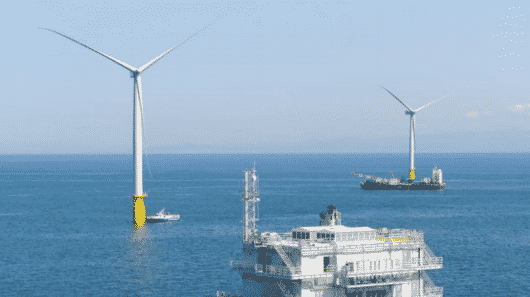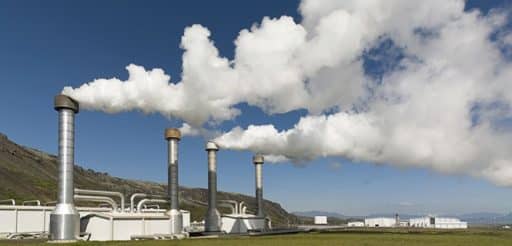Another milestone was achieved in getting the earth greener and utilizing the best that nature has to offer man, the world’s largest offshore wind farm opened for business. The Walney wind farm is located off the coast of Cumbria in the UK and is now the world’s largest offshore wind facility. It has one hundred and two turbines spread over 73 sq km (28 sq miles) and provide a maximum output of 367.2 MW that can give power to around 320,000 homes. Now this is some facility that can give charge to that many numbers of residences, it is actually half as many as the total number in Cumbria.
The facility had been set up by a company called Walney Offshore Windfarms Limited, from the UK, and it has joint enterprise with DONG Energy and SSE as their major stakeholders. DONG is also a major stakeholder in an even bigger project called London Array wind farm, but as yet it is uncertain when this project will see the light of day. This means that Walney will have this top position for a longer time.
Though in terms of business it might be good news for them, but when it comes to their mission statement and purpose, environment is the first priority and for environment’s sake, it is better to have more projects like Walney operating as early as possible to protect the environment from getting harmed. But Walney was given more attention and hence DONG claims that it is the fastest wind farm construction to have taken place in such a short time. If it becomes a race about getting it done fast, the environment could be protected better and early.
The Walney wind farm project is not new and started off in January 2011 when its first phase began. Now the second phase is also completed and added even greater size to the installation with bigger turbines, which are all made by Siemens weighing more 550 tonnes. The project was developed in a relatively short period.
The facility is said to work through offshore substations that increases the voltage from 34 kV to 132 kV. This very fact is something that environmentalists will be most pleased about as transmission at higher voltage reduces losses and this in turn decreases the need for inefficient lower-voltage transmission to an onshore substation, hence, saving energy all the way.
[ttjad]


